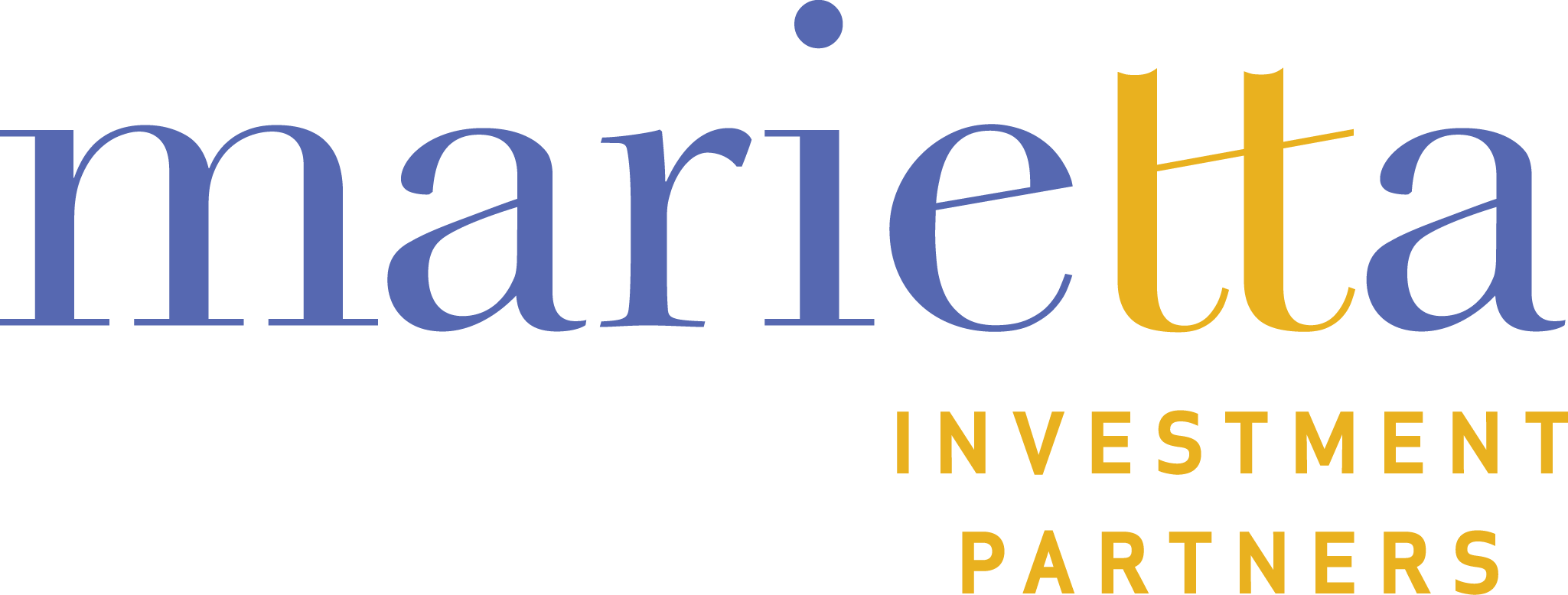In defiance of the laws of investment gravity, equity markets around the world soared during the 3rd quarter. The Standard & Poor’s 500 Index, for example, surged 15.0% without a setback greater than -4.4%. Including the gains dating back to its nadir on March 9, the S&P 500 rally measured a whopping 53.6%; the largest correction was a modest -6.7% between June 9 and July 10. The Dow Jones Industrial Average, also up 15.0%, enjoyed its best quarter since 1998 and its best 3rd quarter since 1939. The geographical breadth of the rally is evidenced by the even larger advances in the international markets. The EFA Developed Markets ETF galloped 19.4% in the quarter, which increased its advance to 72.5% from its March low; the EEM Emerging Market ETF shot up 20.7% in the last quarter and posted an incredible 95.1% rocket ride from its March low.
There is no confusion as to the catalysts behind the global stock rallies: oversold equity markets in the 1st quarter, positive economic data pointing to recovery from recession, and corporate earnings reports exceeding expectations propelled the markets. Along the way, investors were willing to overcome worries that U.S. consumers remain hobbled by debt, high unemployment, and depressed home prices. As optimism displaced despair and capitulation, the economy-sensitive cyclical stocks, which had been battered in 2008 and early 2009, commenced their Lazarus ascent. Within the S&P 500, the best performing sectors during the 3rd quarter were the financials (+25.4%), the industrials (+21.3%) and the materials (commodity related) stocks (+20.9%). Bringing up the rear were the defensive health care stocks (+8.9%), the utilities (+5.0%), and the telecommunication stocks (+3.9). Indeed, the rush to get in on bargains extended to many of the speculative stocks of small, highly-cyclical, domestic-economy-dependent companies in severely depressed industries. For many low-quality stocks, the rule was: the greater their decline prior to March, the greater their gain since March. So much for the suggestion made by some commentators at the height of the recession that it would be years before risk appetite would return to the stock market.
The same economic factors were at work in the international markets, only here investors were confronted by the reality rather than the prediction of rising GDP. Indications that recovery, albeit modest, had arrived in the 2nd quarter for some of the European countries was a surprising development, which provided in the 3rd quarter a boost to their previously lagging stock markets sufficient for them to keep up with the further advance in the emerging economy markets. For the period since March, however, it was the emerging markets, where growth is the strongest and most assured, which have provided the biggest rewards (see our October 1 Outlook). Within international markets, the industry-sector leaders were the financials, the materials, the information-technology stocks, and the industrials. The health care and utility sectors trailed significantly.
There were some similar patterns in the U.S. and international bond markets, where ravenous risk appetite reigned supreme. The favorable economic data and rosy forecasts encouraged investors to plunge into the low-rated (junk) corporate bond market, which in late 2008 and early 2009 had been frozen amid the worst credit market crisis in decades. The riskiest debt posted the biggest gains. According to Merrill Lynch data, the junk bond market as a whole gained 15% in the 3rd quarter, thereby recouping some of the losses sustained when recession storms had been most intense. U.S. Treasury notes, which are viewed as a safe haven in the midst of economic hurricanes, were less appealing once the sun came out, and gains here were limited. The yield of the benchmark 10-year U.S. Treasury notes declined modestly from 3.54% on June 30 to 3.31% on September 30 as yield spreads narrowed considerably. Treasury note and bond holders were at least comforted with a positive total return, which had not been the case in the 1st quarter. In the international arena, emerging world bonds were the standout performers.
On the commodity front, most prices rose further in the 3rd quarter. The CRB commodity index continued to climb from its March low and rose 3.8% during the quarter. In part the advance reflected a decline in the dollar, which extended its steady descent dating back to early March. Another factor was the growing demand for commodities in the emerging markets, especially China, which drove up the prices of most raw materials. Improved economic prospects for the developed countries also contributed to forecasts for rising future demand. Nevertheless, the price of crude oil, which had jumped 20.2% in the 2nd quarter, fluctuated within a relatively narrow range and the September 30 price of $70.61 was less than $1 above its June 30 close. On the other hand, the price of gold, which frequently moves inversely to the dollar, jumped from $934/ounce on June 30 to above the psychologically key $1000/ounce barrier in September before settling back to $996 as the quarter closed.
